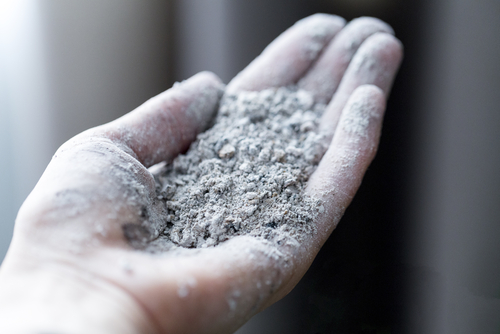Silica is a chemical compound composed of silicon and oxygen atoms. Silica is a very common and naturally occurring compound, due to the fact that oxygen and silicon are the two most plentiful elements found in the earth’s crust.
There are two forms of silica, crystalline silica and amorphous silica (also known as noncrystalline or silicon dioxide). Both are chemically identical however the way in which they have been produced provides each with a unique physical form and therefore different qualities and functions.
Naturally occurring silica that has been exposed to extreme heat during processing is known as crystalline silica. This type of silica can be dangerous when inhaled or ingested. It is not biodegradable and is most commonly used for filtration, for example, in swimming pools and fish tanks. It occurs most commonly in nature as quartz.
Amorphous or noncrystalline silica also occurs in nature however it is produced as the result of a biological function. This process is carried out by many organisms including diatoms. The organisms absorb silica from the water around them and use it to build their cell walls. This silica has dissolved into the water from rocks and is very important to the survival of these organisms.
It is the cell walls of diatoms that provide the silica in diatomaceous earth. In fact, amorphous or noncrystalline silica is the main component in food grade diatomaceous earth. Crystalline silica also exists in trace amounts (less than 1%) however this is not enough to be harmful to humans or animals.
While the presence of amorphous silica is important in diatomaceous earth, it is not necessary for food grade diatomaceous earth to be made from 100% amorphous silica. In fact, beyond a certain point, this extra silica only functions as a filler. This is why you will find other substances such as calcium bentonite in diatomaceous earth.
Image by Silica everything you need to know



